March, 27th, 5:30 pm – 7:00 pm
Fuse @ The Riverside
1724 Broadway St, Boulder, CO 80302
This is the first in a series of classes hosted by Clean Energy Action and Boulder Free School. Find out more on the main course index page.
Class Outline:
Order of magnitude calculations or estimates are a tool commonly used in the natural sciences to understand the general shape and scale of an interesting system. They use approximate numbers and simple arithmetic to make educated, quantitative guesses or estimations. The rest of this course will rely on order of magnitude calculations extensively, so it’s important that we make sure everyone has the basic tools required to do them. They’re also known as “Fermi problems” or “Fermi estimates” after the Italian physicist Enrico Fermi, who was famous for making very fast, roughly correct, estimates of all kinds of crazy things. This little video from TED-Ed gives a quick intro:
For Example:
If you’re going on a backpacking trip for a week, and a friend tells you their backpack weighs either 5 lbs or 500 lbs, you know intuitively that something is very wrong — you have a grasp of the scale of a backpack — 50lbs is about right. Maybe 35lbs if you’re going ultra-light, maybe 70lbs if you’re a mule, but definitely not 5 or 500.
If you know how to do order of magnitude calculations, you can quickly develop a similar intuition about lots of other kinds of physical systems, including those that are much bigger or smaller than your everyday experience.
Why is this important or useful?
This is important in the context of sustainability, because many of the systems we interact with and affect today are global, and far larger than it’s easy for us to grasp based on our normal daily experience. Instead we have to build this intuition up for ourselves by playing around with the numbers. It’s also important because there are a lot of “solutions” out there which might sound good as stories, but when you look at how big an impact they can actually make numerically, they turn out to just be marketing hogwash or outright disinformation. The media doesn’t do a good job of differentiation between real solutions and hogwash, but with just a little bit of arithmetic and access to the Wikipedia and other online resources, you can get a good idea for yourself.
In this class:
We will explore…
The difference between accuracy and precision, and why it’s often desirable to make estimates which are imprecise, but relatively accurate.
Scientific notation — what it is, how to use it, and why it’s useful.
Units — the importance of keeping track of them, and what they mean, more generally.
Then we’ll do some easy warm-up calculations to try and wrap our heads around the scale of various pieces of our energy system.
Homework:
Join the Google Group for this course.
Read Chapter 1 of Sustainable Energy Without the Hot Air (~20 pages — you can read online, download the PDF, or even order a paper copy if you like…)
If you are not already comfortable with using Google Spreadsheets, check out this tutorial from Google.
If you are not already comfortable with scientific notation (a way of writing very big and very small numbers conveniently), watch this introduction at the Khan Academy, and some of these videos on how to do calculations with numbers in scientific notation.
If you’re not already comfortable with units of measure, and how they interact with each other, check out this series of videos.
Look up how far a Boeing 747 can fly on a full tank of fuel, how many passengers it can carry, and how much fuel it can carry. Do the same for an efficient automobile.
Teacher Bio
Once upon a time at NASA, Zane got a PhD studying the climate history of Mars, and the geology of the icy moons of Jupiter and Saturn. Now he’s Clean Energy Action’s director of Research and Policy, working on climate and energy policy, and trying desperately to get everyone to turn off the terraforming machines before it is too late. Zane also works on sustainable transportation, land-use, and community housing in Boulder. He lives in a co-op with 11 other people, and his two bicycles and zero cars.
